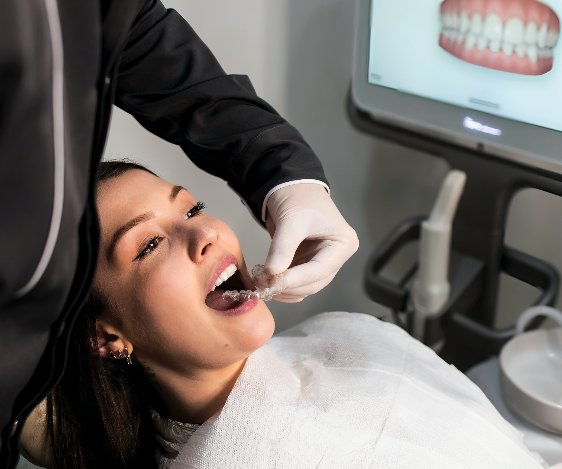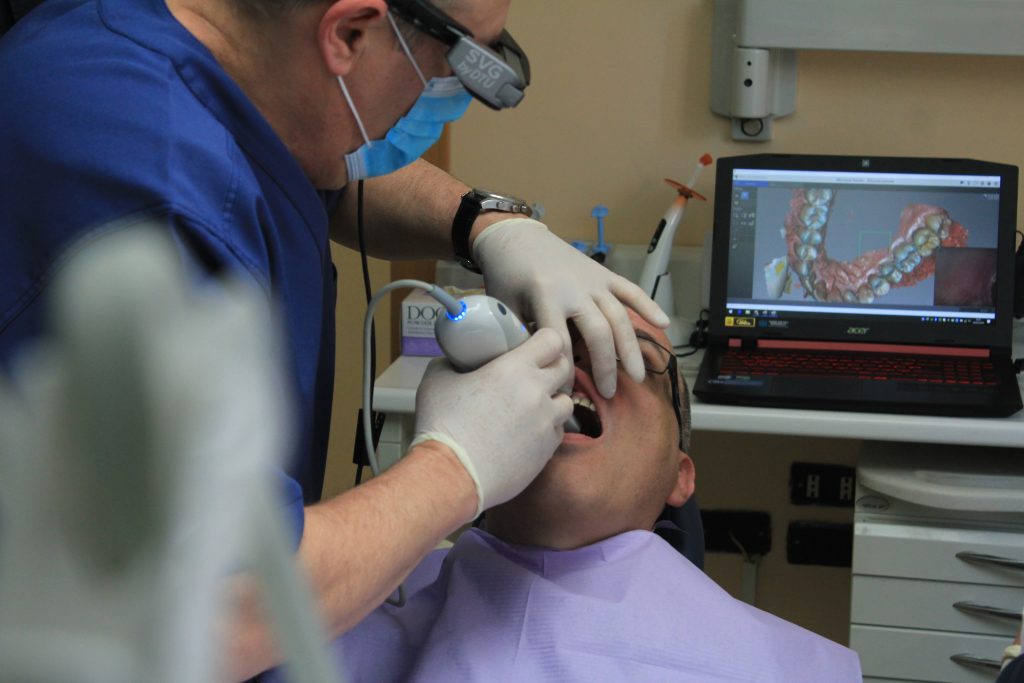
Orthodontic retainers are often viewed as a rite of passage following a successful orthodontic treatment. These custom-made devices, typically worn after braces, play a pivotal role in preserving the alignment and positioning of your teeth, allowing you to maintain that picture-perfect smile you worked so hard to achieve.
But why exactly are retainers necessary? After all, your braces have already straightened your teeth. Why do you need another appliance?
The answer lies in the nature of our bodies. Our teeth are not static; they are dynamic, constantly being influenced by factors like aging, changes in muscle structures, and habits like grinding or clenching. After braces have done their job, your teeth still need time to stabilize in their new positions. Retainers help keep them in place, preventing them from naturally shifting back towards their original positions, a process known as relapse.
There are several types of retainers, including removable and fixed. Removable retainers can be taken out during meals and brushing, making them highly convenient. However, they require the wearer’s discipline to ensure they are worn enough. Fixed retainers, on the other hand, are bonded to the teeth and provide constant control but require more meticulous hygiene practices.
Remember, retainers are as essential to the success of orthodontic treatment as the braces themselves. Wearing your retainer as instructed is the key to maintaining your new, beautiful smile. Retainers are not just about aesthetics; they contribute significantly to your overall oral health by preserving proper alignment and preventing potential issues related to misalignment.
Are you nearing the end of your orthodontic treatment, or do you have questions about retainers? Contact us today to schedule a consultation. We’re here to guide you through every step of your orthodontic journey, ensuring you have all the tools you need to maintain your best smile!

